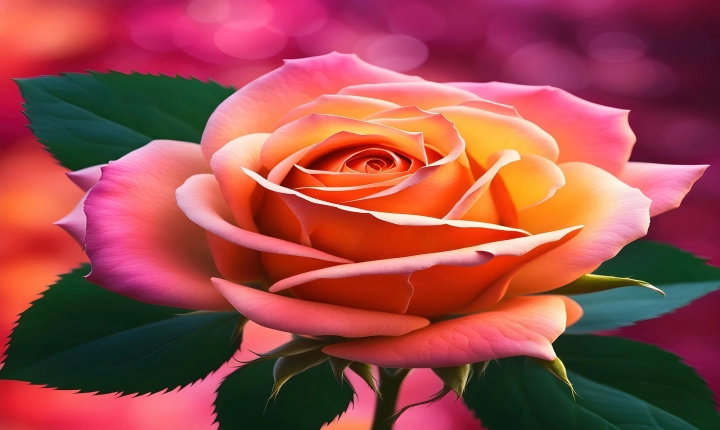Artificial intelligence (AI) has become a revolutionary tool in the creation of art, pushing the boundaries of creativity and redefining the role of the artist. Using algorithms, neural networks, and machine learning, AI has the ability to generate artworks that rival those created by human hands. But how exactly does AI create art, and what are the implications of this technology on the art world?
One of the primary techniques AI uses to create art is through a process known as generative adversarial networks (GANs). GANs work by pitting two neural networks against each other – one network generates images, while the other network critiques those images. This iterative process continues until the generator network produces images that are indistinguishable from those created by humans. This method has been used to produce realistic photographs, abstract paintings, and even music.
Another approach is through the use of style transfer algorithms, which involve taking the style of one image or piece of artwork and applying it to another. This allows AI to create new, unique pieces of art that blend different styles and influences.
AI can also analyze patterns and trends in existing art to create new works. By studying thousands of paintings, sculptures, and other art forms, AI can identify common themes, color palettes, and composition techniques. It can then use this information to generate new pieces of art that reflect these patterns while also introducing new and surprising elements.
Furthermore, AI has the capability to collaborate with human artists, providing them with new tools and sources of inspiration. By analyzing an artist’s style and body of work, AI can suggest new ideas and approaches, helping to expand the artist’s creative repertoire.
The impact of AI on the art world is significant and far-reaching. On one hand, it challenges traditional notions of creativity and authorship. Can a work of art created by AI truly be considered original? Who owns the rights to an AI-generated work? These are questions that are being hotly debated in legal and artistic circles.
On the other hand, AI has the potential to democratize art, making the creation of digital art more accessible to a wider audience. People who may not have access to traditional art supplies or training can now use AI tools to express their creativity. Additionally, AI can act as a source of inspiration for artists, offering new perspectives and pushing the boundaries of what is possible in art.
However, there are also concerns about the potential for AI to replace human artists and devalue the role of human creativity in art. While AI can mimic existing styles and techniques, it may not possess the same depth of emotion, experience, and intention that are inherent in human-created art.
In conclusion, the way AI creates art is a multifaceted and evolving process that has the potential to reshape the art world. While it raises questions about creativity, originality, and authorship, it also offers new opportunities for collaboration and innovation. As AI continues to advance, it will be fascinating to see how it further influences the creation and appreciation of art.
